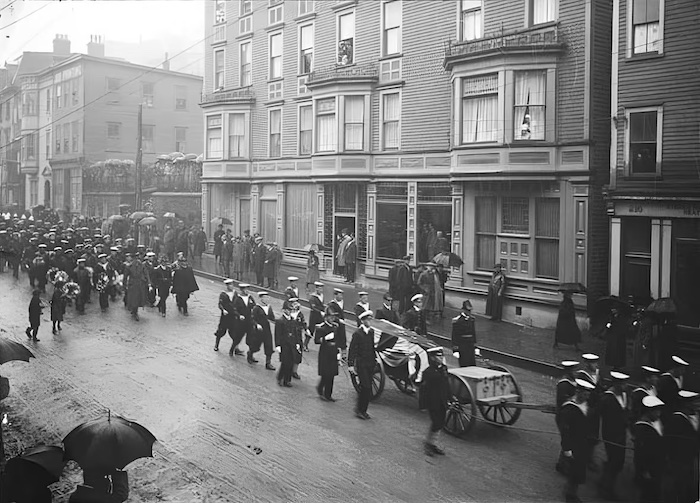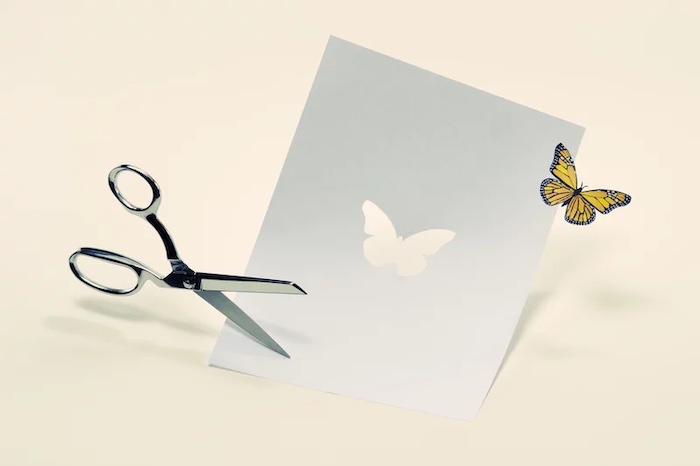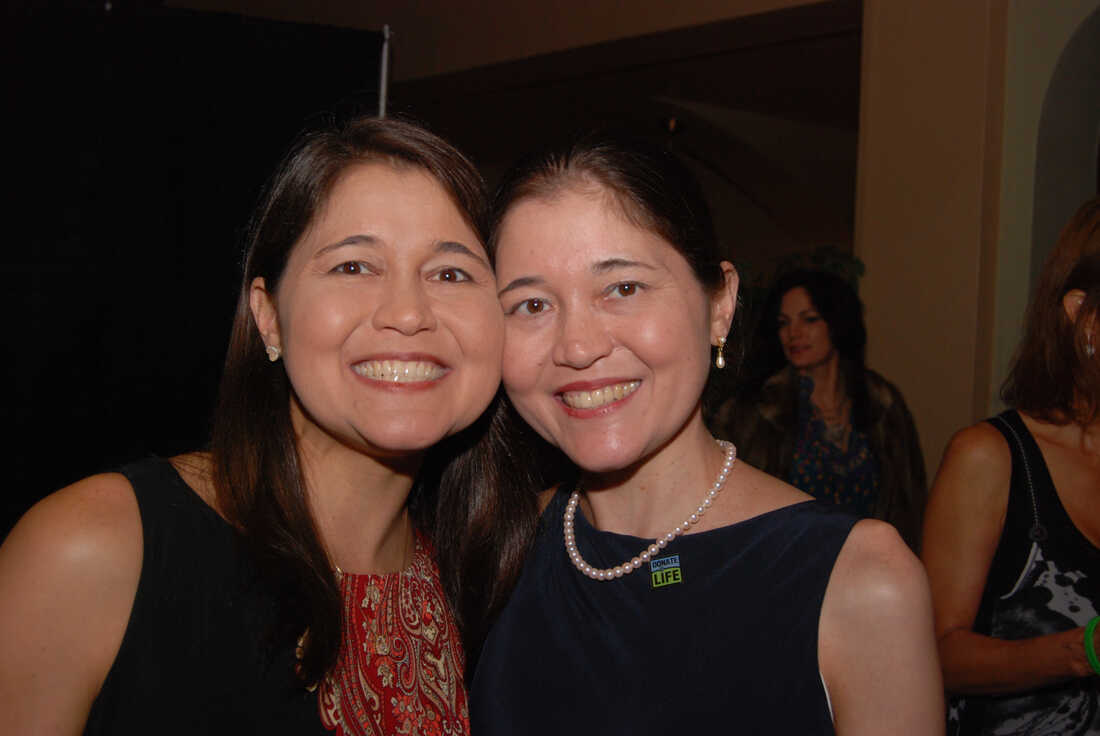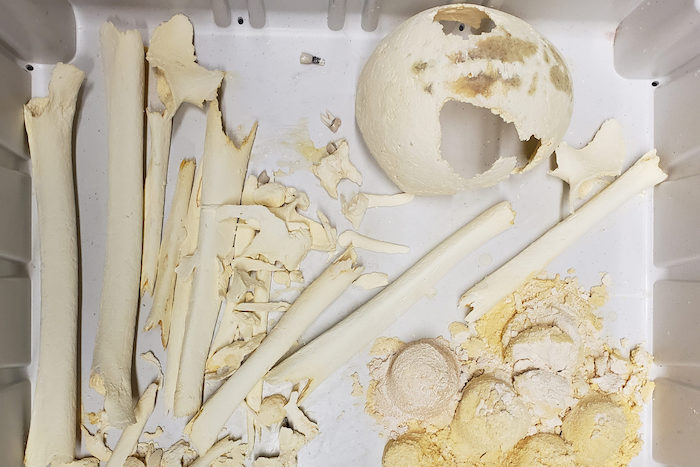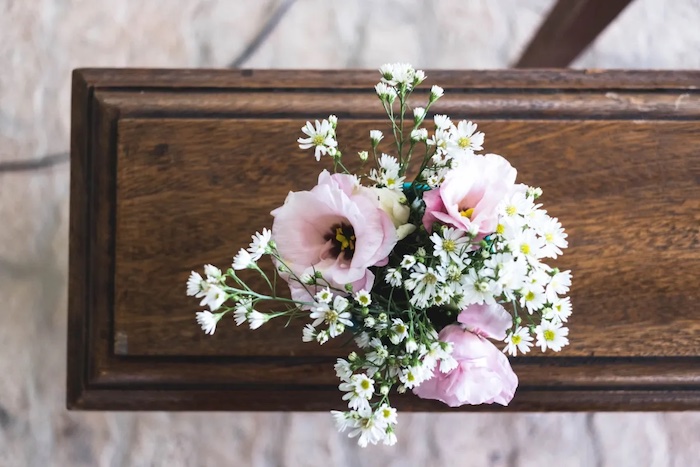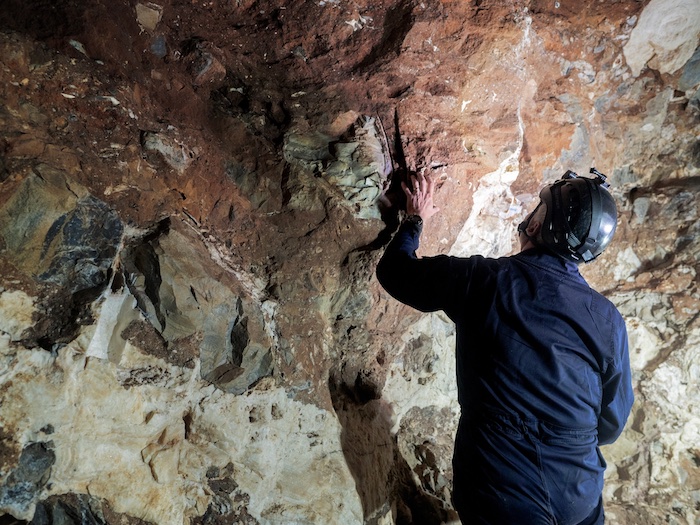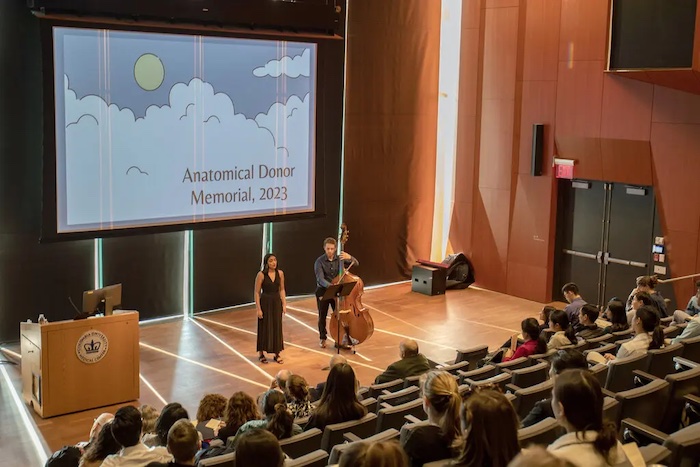— 20 Things You Should Know
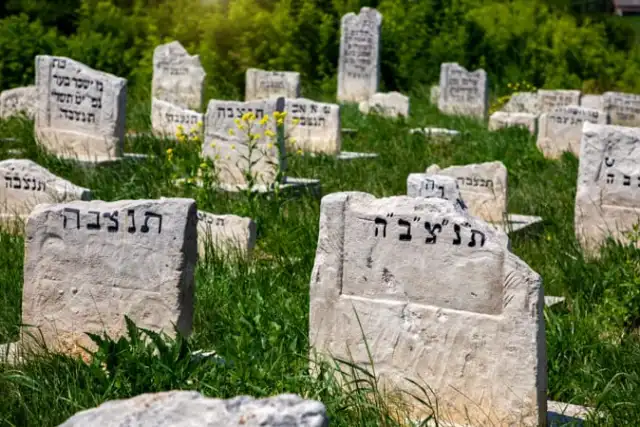
Jewish funeral customs have been shaped by centuries of religious tradition and cultural practices. These customs are designed to show respect for the deceased and provide comfort to the grieving family.
If you have been invited to a Jewish funeral or wish to offer support to a Jewish friend in mourning, it is essential to familiarize yourself with these customs.
In this blog post, we will cover 20 things you should know about Jewish funeral customs.
Sympathy Flowers
While Christian funerals generally include many flowers to send for sympathy, this is generally not done at Jewish funerals, it is appropriate to send a donation to a designated charity or plant a tree in Israel in memory of the deceased.
However, if you know that the family appreciates sympathy flowers, sending a simple and modest arrangement is acceptable.
Immediate Burial
In the Jewish tradition, the deceased should ideally be buried as soon as possible, usually within 24 hours of death. This is done to honor the body and show respect for the soul.
No Embalming Or Cremation
Jewish law prohibits embalming and cremation, as they are seen as disrespectful to the body. The body is considered sacred and should be returned to the earth in a natural state.
Tahara
The deceased’s body is prepared for burial through a ritual cleansing called tahara. This process is performed by a group of trained individuals called the chevra kadisha. The body is washed, purified and dressed in simple white shrouds called tachrichim.
Simple Wooden Casket
A traditional Jewish burial involves a plain wooden casket with no metal parts. The simplicity of the casket reflects the belief in the equality of all people in death.
Shemira
Shemira is the practice of watching over the deceased from the time of death until burial. A family member or designated individual, known as a shomer, stays with the body to recite prayers and psalms.
Funeral Service
The Jewish funeral service called a levaya, is usually brief and simple. It includes prayers, the recitation of psalms, and eulogies. The service takes place at a synagogue, funeral home or graveside.
Procession To The Cemetery
After the funeral service, there is a procession to the cemetery. Mourners follow the hearse on foot for a short distance to show their respect and honor the deceased.
Kriah
During the funeral, mourners perform the kriah, a ritual tearing of one’s clothing. This symbolizes the tearing of the heart and the depth of griefhttps://southfloridareporter.com/jewish-funeral-customs-20-things-you-should-know/ experienced by the mourners.
Burial
At the cemetery, the casket is lowered into the ground, and mourners participate in the mitzvah of burial by shoveling earth onto the casket. This act is a final gesture of love and respect for the deceased.
Shiva
Shiva is the initial seven-day mourning period observed by the immediate family. Mourners stay at home, refrain from work and social activities, and receive visitors who come to offer comfort and support.
Offering Condolences
When offering condolences to a Jewish mourner, it is customary to say “HaMakom yenachem etchem b’toch she’ar avelei Tzion v’Yerushalayim” which means “May God comfort you among the other mourners of Zion and Jerusalem.”
Meal Of Consolation
Following the burial, the family returns home to share a meal of consolation, called the seudat havra’ah. This meal typically includes round foods, such as eggs or lentils, which symbolize the cycle of life and the hope for continuity.
Uncovering The Mirrors
Covering mirrors during the shiva period is a Jewish tradition to symbolize the mourning process. At the end of shiva, it is customary to uncover the mirrors to signify the return to normal life.
This act is a reminder that while the deceased may be gone, life must continue. It also serves as a reminder that life is cyclical, and after periods of sadness, there will be times of joy and happiness.
Sheloshim
Sheloshim is a thirty-day mourning period observed by close family members after the death of a loved one. During this time, mourners refrain from attending social events and other festivities.
This period allows the mourners to focus on the grieving process and honor the memory of the deceased. Sheloshim provides an opportunity for mourners to reflect on the life of the deceased and to begin to find a way forward without them.
Yahrzeit
Yahrzeit is the anniversary of the death of a loved one, observed by lighting a yahrzeit candle and reciting the Kaddish prayer. The candle is lit for twenty-four hours and symbolizes the light that the deceased brought into the world during their lifetime.
Yahrzeit is an important time for family and friends to come together to remember and honor the life of the deceased. It is an opportunity to reflect on the memories shared and the impact they had on others.
Kaddish
The kaddish is a prayer recited by mourners during the funeral service and for the first year after the death. It is also recited on the yahrzeit and other occasions to honor the deceased. Kaddish is a powerful prayer that speaks to the hope and faith of the Jewish people. It is a reminder that life is cyclical and that after periods of sorrow, there will be times of joy and happiness. Kaddish provides comfort and solace to the mourners and helps them find peace during a difficult time.
Unveiling Ceremony
The unveiling ceremony, which takes place approximately one year after the death, involves the unveiling of the headstone at the cemetery. Family and friends gather to remember and honor the deceased.
Honoring The Deceased
Jewish funeral customs place a strong emphasis on honoring the deceased and showing respect for their life. This includes speaking about the deceased in positive terms and refraining from discussing any negative aspects of their life.
Comforting The Mourners
Above all, Jewish funeral customs are designed to provide comfort and support to the mourners. Whether it’s through the practice of shemira, the sharing of memories, or the offering of condolences, the focus is on helping the bereaved find peace and solace during a difficult time.
Jewish funeral customs have been shaped by centuries of tradition and reflect the importance of honoring the deceased and comforting the bereaved. Understanding these customs is essential when attending a Jewish funeral or offering support to a Jewish friend in mourning.
While sympathy flowers are not generally sent to Jewish funerals, other meaningful gestures, such as a donation to charity or a tree planting, can show your love and support. By familiarizing yourself with these customs and offering compassion and kindness, you can help ease the pain of those who have lost a loved one.
Complete Article ↪HERE↩!

